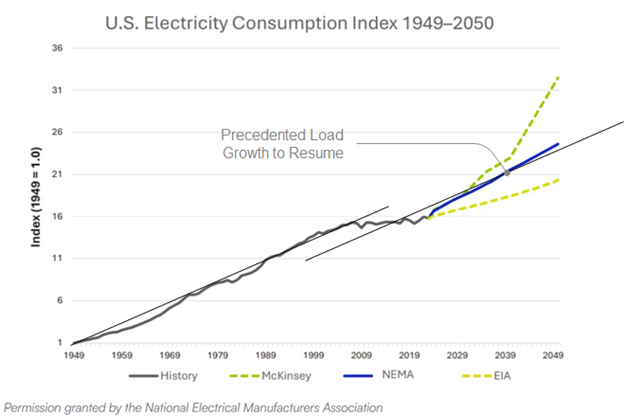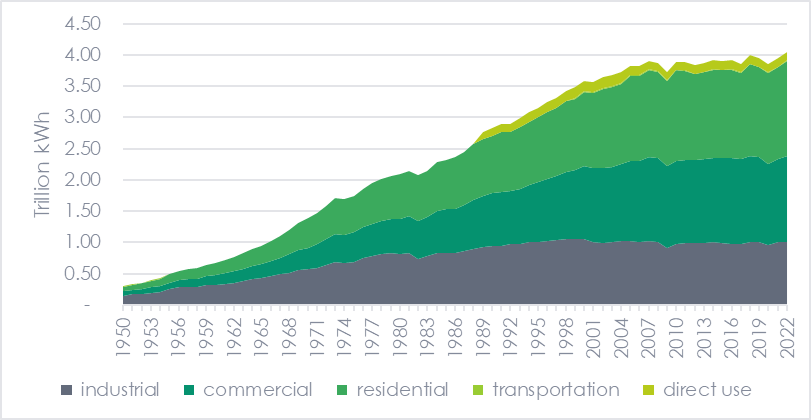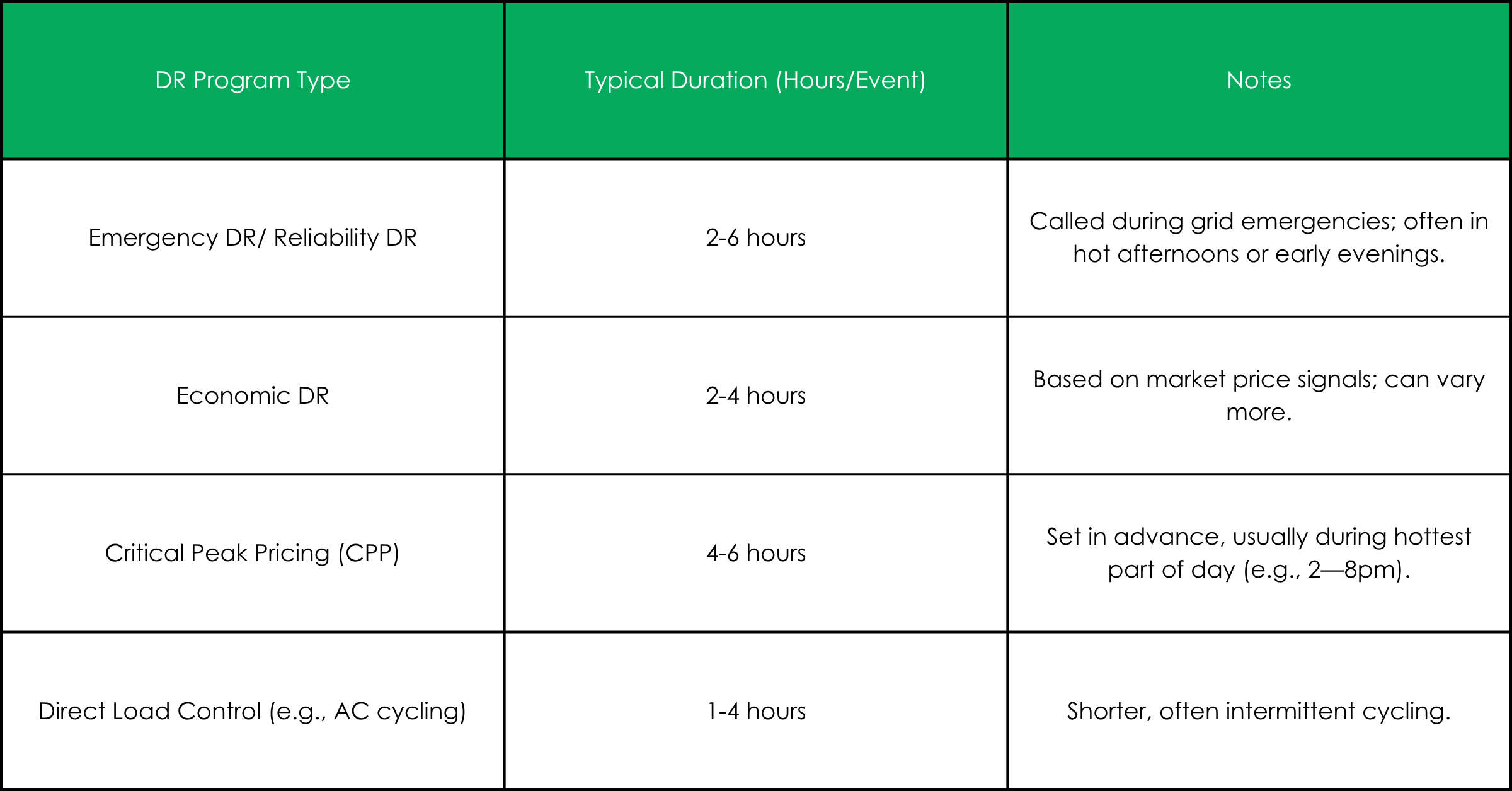
This week, I am just about wrapping up everything from the Mid-America Regulatory Conference held in Indianapolis. However, there is so much content that I’m saving the best (nuclear power) for last, next week.
Cyber Threats
An early session featured a panel of cybersecurity experts discussing the relentless and ruthless threats to our grid and utilities. As I listened to that with my cybersecurity training background and reading about it, I realized that the most significant vulnerabilities are soft targeting and social engineering, rather than brute force hacking.
What is soft targeting? Tailgating through a security gate is one example. Another possibility I experienced myself at the conference was at check-in. They didn’t have my name badge. Somebody else probably took it. Hell, at one recent conference I attended, the hotel peeps used my conference name badge as an ID – i.e., they didn’t ask me for my ID and instead just used my name badge. That’s a little scary.
As for brute force hacking, Linda Apsey, CEO of ITC Holdings (formerly International Transmission Company), said their system is barraged with three million cyberattack attempts daily.
Panelists noted the Chinese Communist Party sends delegations to conferences – in your face, I commented. They gather intelligence simply by talking to people, building networks, and planting traps for blackmail – more soft targets. It’s not unlike organized crime.
Artificial intelligence is a growing threat, but AI is also one of the greatest defense mechanisms. Its superpower is pattern recognition, but it’s not as good as my pattern recognition because I can project forward, whereas AI can only analyze what has already happened. AI’s prose is still inflated, and it’s easy to tell whether an email received from a recent engineering grad is authentic in unclear, confusing language or something flowing with long sentences and lots of syllables, look out!
These Are Precedented Times
I would love to credit the woman who skewered the excessive use of “unprecedented,” but I failed to write the name down. She said we are living in precedented times. I agree, even though the word was used several more times during the conference. It became a tripwire word, not unlike this worn-out phrase: “at the end of the day,….” I repeat that in my mind every time I hear it. ????
I’ve used the term “unprecedented” very few times in the 16-year history of the Rant, using it only to quote others or lampoon things like cold air pushing south, like that has never happened before. The word appears in the Rant eight times over that period, or about once every two years. The Rant is not only the no-pander zone, it is the no-hype zone.
Only in isolated instances and locations do we have “unprecedented” load growth. It’s only unprecedented compared to the last 25 years. Figure 1 shows load growth forecasts (guesses) provided by Utility Dive. The historical production is the same curve I offered in last year’s
MARC report. For convenience, I’m republishing it in Figure 2.

I predict the NEMA guess in Figure 1 will be the most accurate. They seem to use the ruler method: take what happened in the past and extend it into the future. In this case, it’s more of a parallel glider (lines) method, get it? As Albert Einstein advised, keep it simple.
Figure 1 Historic and Projected Electricity Consumption
 Figure 2 Sector Electricity Consumption
Figure 2 Sector Electricity Consumption

Customer Control of Energy Bills
A session on rate design featured discussions about the components of customer energy bills. Sanem Sergici from The Brattle Group explained that 50% of the cost of electricity is variable (purchased electricity) while 50% is fixed (capacity, poles, wires, and meter charges). This is good to know and confirms what I described 11 years ago in Renewable Energy and a Tomato Tale.
The crux of the session was to give customers control of their energy costs, but doing that requires major rate reforms as discussed in Innovations in Grid Flex. Start with time of use (TOU) rates and eliminate the unnecessary, marathon 12-13 hour on-peak period – e.g., 9:00 AM to 9:00 PM. The grid sees no stress until 4:00 PM, just before most people leave work and head home. See Electric Rates from the Slide Rule (another archaic tool) Era for supporting data. Customers are unwilling to live around their utility tariff, especially during most waking hours, 250 days a year!
Typical load reduction periods for demand response last two to six hours, so why not have a peak demand, or peak pricing time-of-use (TOU) period in the 4:00-9:00 PM range? See Table 1, courtesy of Sam Altman. Commissioners demand (pun alert) that utilities give their customers options for controlling their utility bills with TOU rates they can work with.
Table 1 Demand Response Event Durations
 Better yet, PJM charges load-serving entities for their aggregated peak load contributions (PLC), which may be passed through directly to customers if they choose to accept such control of their electricity bill. The PJM PLC is “the five highest weather-normalized PJM system coincident load hours that occurred on different days over the period from June 1 through September 30.” This would vastly reduce the hours customers would need to curtail to control 50% of their electric bill based on capacity charges. Prospectively, guessing when those hours will occur is a challenge, but 15-20 of the hottest days of the summer should envelop it.
Better yet, PJM charges load-serving entities for their aggregated peak load contributions (PLC), which may be passed through directly to customers if they choose to accept such control of their electricity bill. The PJM PLC is “the five highest weather-normalized PJM system coincident load hours that occurred on different days over the period from June 1 through September 30.” This would vastly reduce the hours customers would need to curtail to control 50% of their electric bill based on capacity charges. Prospectively, guessing when those hours will occur is a challenge, but 15-20 of the hottest days of the summer should envelop it.
Finally, here is a paradox for readers. What is a smart and equitable way to roll out TOU rates? As an example, consider a flat rate of $0.15 per kWh 24/7/365 versus a TOU rate with $0.04 per kWh off-peak electricity, and $0.35 on-peak electricity, 4:00-10:00 PM, Monday-Friday, non-holidays.
Someone on the MARC ratemaking panel suggested allowing customers to see if they could lower their electricity bill if they went on the new TOU rate. If it would lower their costs and they switched, is that a good thing? Not for the suckers who would see their bills increase. For them, their bills would increase even more. Somebody needs to cover the revenue requirement. If one group of customers switches rates and pays less, that cost shifts to others, at least in vertically integrated states. I would say this is not a good way to go. Just rip the band-aid off and educate, inform, and move all customers to TOU rates – at least a pilot.
Next week, I’ll finish with nuclear power, and maybe some other gems, I promise.
